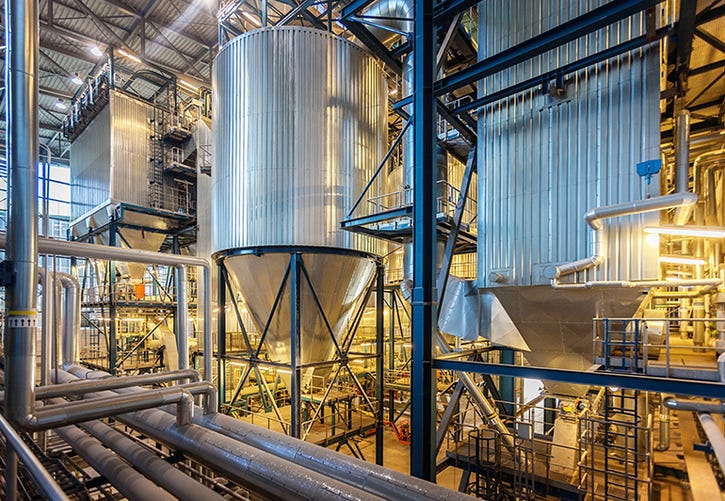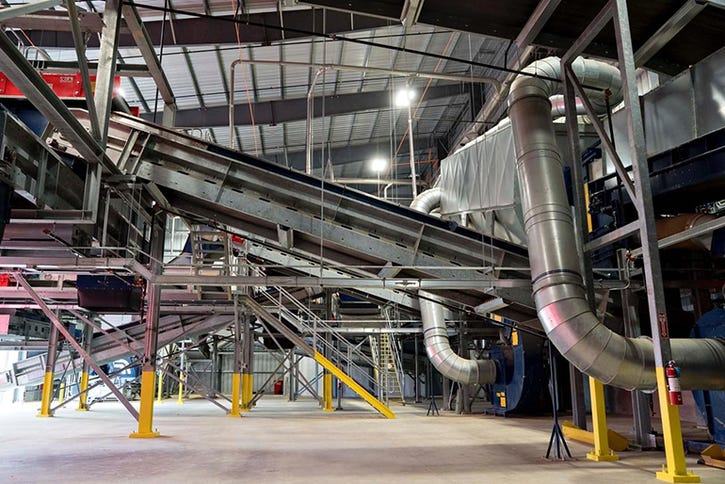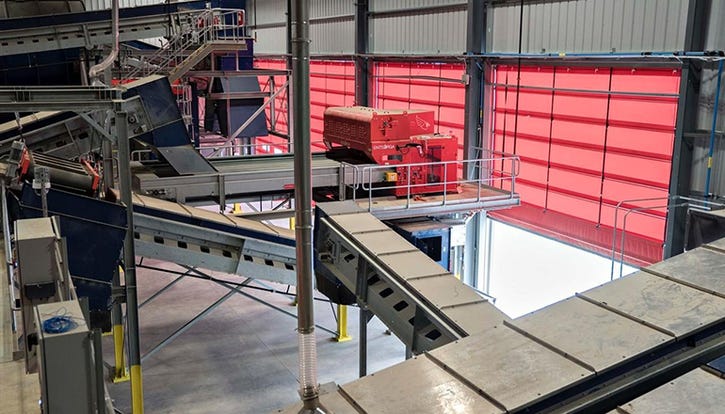Vetting Energy Conversion Projects’ Viability
Whether exploring anaerobic digestion or a thermal process, there are multiple considerations to find the best fit, particularly amid technical and economic barriers.

Determining if an energy conversion project will be economically feasible is a major undertaking. Whether exploring anaerobic digestion (AD) or a thermal process like gasification or pyrolysis, there are multiple considerations to find the best fit, such as waste type, plant siting options and local market for product, among factors.
With the right moving parts and strategies, these projects have generated revenue from tipping fees, energy and sometimes from byproducts, while providing an alternative to landfilling. Although some prove to be sound, many long-term investments have failed, especially at large scale, often because of technical or economic barriers.
When Jim Miller, CEO of J.R. Miller & Associates, talks to his clients, mostly in California, about project feasibility, the conversation generally starts around SB 1383. The California state law requires a 75 percent reduction in organic waste disposal by 2025 from 2014 levels, presenting potential opportunities to processors.
“We discuss what generators are doing now and what more they will need to do. We talk about different technologies and analyze the waste stream. A solution for green waste might be different than for food waste,” he says.
Many municipalities are interested in AD. It’s much costlier than landfilling, but it has environmental advantages and produces energy—two reasons Miller anticipates more of these facilities in coming years.
However, developing and operating an AD plant is extremely challenging.

“I advise changing as few generator types or processes as possible while establishing your plant. Once the plant is operating and a routine is developed, operators can explore ways to maximize efficiency of the overall collection and processing system and to expand streams,” he says.
Location is important. Rural areas typically are more likely to have land to site a project. And with composting, or with AD, which creates a byproduct used to make compost, rural areas are more likely to have a viable market.
Regardless of technology type, tailor processing to collection systems (while considering future changes in source separation and routing), suggests Miller. For instance, if collections are from source-separated commercial accounts, operators should invest in a system that will effectively process those materials.
Entsorga developed what it says is the first advanced mechanical biological treatment project in the U.S. It’s leveraged to recover biomass, plastics and other materials from municipal solid waste and convert them to fuel.
The company was challenged to take a solution, proven in other geographies, and deploy it for the first time in the U.S.

“We had to tailor our technology and the alternative fuel around a regulatory framework and market models that were developed for other platforms. At the same time, we had to work within boundaries that could allow overall viability. And we had to address the individual needs of stakeholders across the supply chain, from waste generator to end user to investor, while also addressing the community’s concerns and meeting regulators’ requirements,” says Paolo Carollo, vice president of operations for North America at Entsorga.
While the company could have sought more lucrative project locations, it chose Martinsburg, W. Va., where the interest and commitment was strong.
“Looking back, I think that was the right decision as it allowed us to deliver a balanced, sustainable solution addressing every player’s needs. And it allowed us to prove that this model can be competitively deployed in markets with tipping fees at $50 per ton, or even lower,” says Carollo.
In its feasibility study, Entsorga looked primarily at operating expenses, capital expenditures (capex) and tipping fees.
“The main finding was that to be viable in the U.S., without subsidies, with low commodity values and relatively low tipping fees, it was key to rely on a proven, robust, low capex solution capable of delivering high landfill diversion rates at a cost comparable with average landfill costs,” says Carollo.
The $30 million plant is expected to have processing costs of below $20 per ton of waste, which is lower than average tipping fees in the U.S.

The parameters the company examined early on are matching or exceeding expectations now that the facility is fully operational. For example, British thermal units content and water content in the final alternative fuel were both 20 to 30 percent better than expected.
Not every project is a success story, with a former INEOS bioenergy plant that leveraged a fermentation process to make ethanol from waste among examples. After receiving millions in subsidies, the site shuttered. The new owner, Indian River Eco District, is now developing several waste recovery projects on the site, including a landfill gas-to-power operation.
Vermont Technical College will close its AD in December due to a lack of available food scraps.
An AD facility in Sacramento County, Calif., dealing with odor problems, equipment in disrepair and high processing costs (about $120 per ton while tipping fees were a third of half of that), has closed. Incline, which bought the operation from a previous owner, was troubleshooting during what it hoped to be a temporary shutdown but could not secure sufficient funding to recover from debt and be competitive with other processing and disposal alternatives such as landfills, composting sites or wastewater treatment facilities.
Miller advises waste generators shopping out energy conversion technologies to robustly vet them.
“I’m concerned there will be technologies that don’t work to the level the developers say they should. It may work at pilot scale, but at 100 tons a day, it’s a different situation. So, make sure the provider has previously done what you want to do, and at the scale you want, to know it will work in your application,” he says.
The National Waste & Recycling Association and the Solid Waste Association of North America developed a document with further guidance to help evaluate emerging waste technologies and existing ones with new applications. The guide is also intended to help identify possible challenges of integrating new technologies, such as AD, mixed waste processing and thermal processes.
About the Author
You May Also Like




